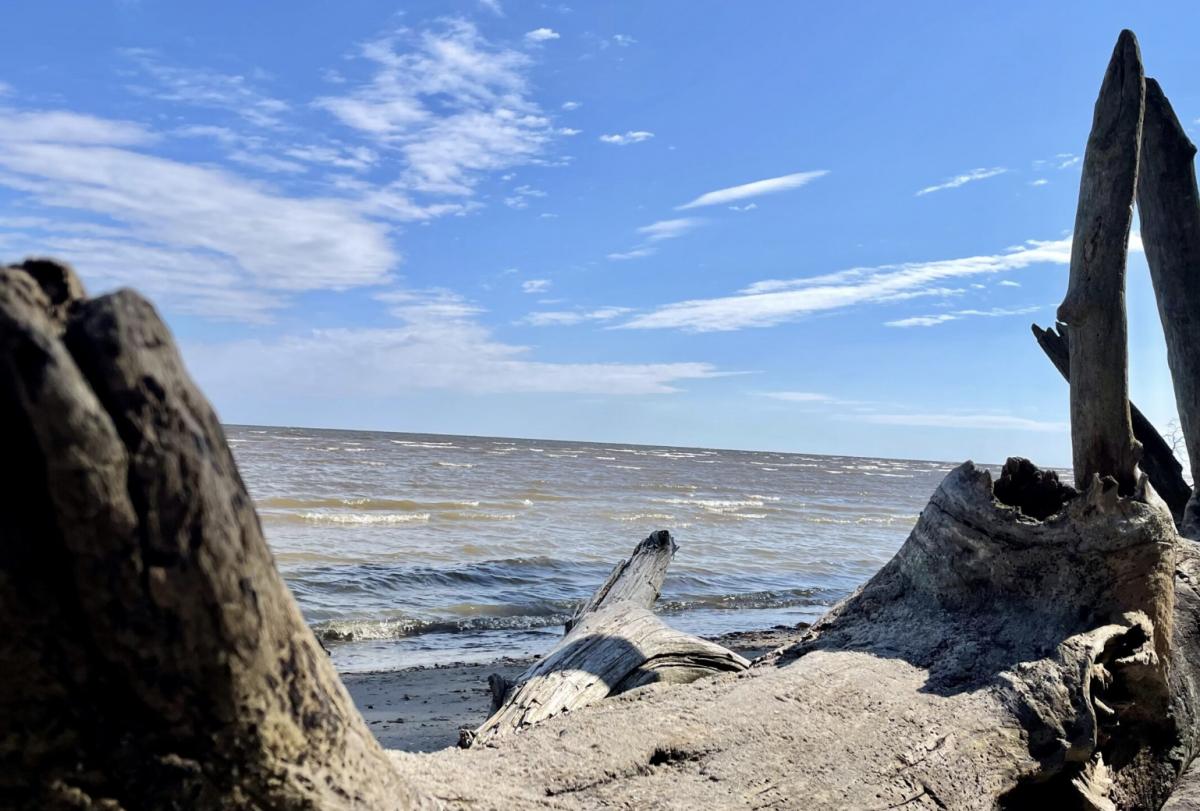A new report shows states are not on track to meet the 2025 deadline for reducing pollution in the Chesapeake Bay, prompting officials to reevaluate the plan and timeline for restoration efforts.
The 2022 State of the Blueprint Report released by the Chesapeake Bay Foundation (CBF) assesses progress made between 2009 and 2021 in Maryland, Pennsylvania and Virginia, which account for roughly 90% of the Bay’s pollution. Its projections, based on the Chesapeake Bay Program’s scientific model and the states’ two-year-milestone commitments, indicate all three states will achieve their 2025 commitments for reducing pollution from wastewater, but not from agriculture or urban and suburban runoff.
Those deficiencies in the agriculture and stormwater sectors could derail the progress of even those states that have made major strides in stemming pollution, says the Chesapeake Bay Foundation.
“While significant progress in one sector may put a state on track to meet its total 2025 goals today, without progress in all sectors, states risk becoming off track in the future,” the organization wrote in a release about its findings.
Since the Chesapeake Clean Water Blueprint was established in 2010, states have put practices in place to reduce an estimated 42% of nitrogen and 64% of phosphorus pollutants in the watershed, which can lead to harmful algal blooms and reduce water quality.
Most of these reductions come from wastewater treatment upgrades, particularly in Maryland and Virginia.
Washington, D.C., and West Virginia are on track to meet their 2025 commitments, according to the U.S. Environmental Protection Agency’s evaluation of the Chesapeake Bay jurisdictions’ two-year milestones. States within the watershed have also already achieved 100% of the targeted sediment reductions.
However, “there is a very long way to go,” said CBF President Hillary Harp Falk during a press call Wednesday on the State of the Blueprint Report.
The main obstacle that remains is reducing agricultural runoff, which accounts for the bulk of the remaining pollution in the watershed.
“Addressing these challenges is the defining challenge of the current partnership,” Falk said.
Pennsylvania is the furthest off-track: More than 90% of the state’s remaining pollution reductions need to come from its 30,000 farms that lie in the Bay watershed.
The Clean Water Blueprint provides a thorough framework for states to successfully achieve the 2025 deadline, said Beth McGee, CBF senior scientist and agricultural policy director. What has largely been missing in recent years, she said, is accountability, due in part to the EPA’s failure to ensure states follow through on their commitments.
In 2020, Virginia, Maryland, Delaware and Washington, D.C., filed a lawsuit in federal court against the EPA, accusing the agency of violating the Clean Water Act by failing to enforce Chesapeake Bay pollution reduction limits for upstream states Pennsylvania and New York. The case was later combined with a separate suit brought by the Chesapeake Bay Foundation, among others.
The parties were negotiating settlement proposals as of early September.
The Chesapeake Bay Executive Council, which leads Bay restoration efforts, is meeting with EPA officials next week to discuss how to revise the goal moving forward.
“It’s a very consequential meeting,” said EPA Mid-Atlantic Regional Administrator Adam Ortiz during a meeting this week discussing the agency’s review of the Chesapeake Bay milestones.
CBF is calling for the council to acknowledge that the states are not on track to meet the 2025 commitments, recommit to the partnership and Bay restoration goals and pledge to develop a new plan with a specific timeline and accountability mechanisms to ensure the Bay’s permanent protection.
“Going forward, the Chesapeake Bay states must demonstrate the leadership necessary to complete the job and the EPA must hold all of us accountable,” Falk said. “By recommitting to the principles of partnership, science and accountability, we can still leave a healthy and resilient watershed for the next generation.”
By Meghan McIntyre
Virginia Mercury reporter Charlie Paullin contributed to this story.



Bill Anderrson says
The need here is to get Joe Biden interested. He would quadruple the cost of chemical fertilizers used in agricou;tural pursuits, thus dramatically reducing the uisage of those products which find their way into waterways and the Chesapeake Bay. Problem solved!